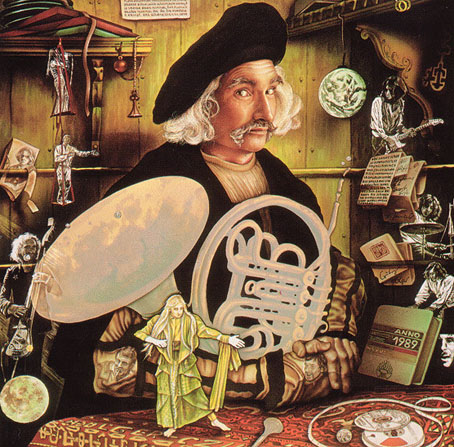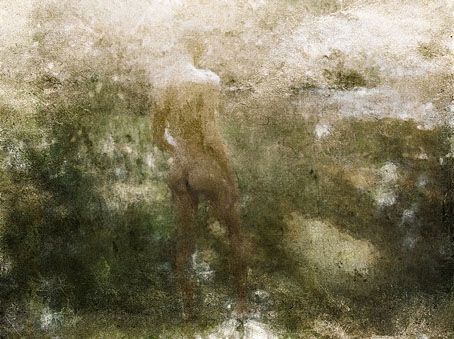Icebergs and the aurora borealis in the Arctic. From the Illustrated London News, 13 October 1849.
• The week in award-winning photographs: Winners and finalists from the Ocean Photographer of the Year Awards; and winners and finalists from the Astronomy Photographer of the Year.
• A new layer of mystery is added to The Voynich Manuscript with the discovery of additional writings revealed by multispectral imaging. Lisa Fagin Davis explains.
• At Swan River Press: Helen Grant talks to John Kenny about her new collection of stories, Atmospheric Disturbances, a book whose cover design I discussed here.
Some in Hollywood were taken aback by Huston’s screenwriting choice to bring Melville to the big screen. After all, to adapt a profoundly complex literary novel, he had given the nod to a man known for writing science fiction. Perhaps no one was more surprised by Huston’s choice than Bradbury himself. Huston had read the most recent book Bradbury had sent him, The Golden Apples of the Sun, and the lead story was all it took.
“The Fog Horn” is a tale about two lighthouse keepers who, late one November night, are paid a visit by a beast that has surfaced from the depths after hearing the lonely call of the lighthouse’s foghorn. Bradbury’s love of dinosaurs had led him to write the story, and it was this love that led Huston to believe he was the right man to adapt Moby-Dick. In reading “The Fog Horn,” Huston stated in his 1980 autobiography An Open Book, he “saw something of Melville’s elusive quality.”
Sam Weller on how Ray Bradbury came to write the screenplay for John Huston’s adaptation of Moby-Dick
• At Public Domain Review: Kirsten Tambling on the life and art of Gottfried Mind (1768–1814), a Swiss artist known as “The Raphael of Cats”.
• At Spoon & Tamago: Tentacle-inspired leather accessories handcrafted by Cokeco.
• Mix of the week: DreamScenes – September 2024 at AmbientBlog.
• Steven Heller’s font of the month is Rig Solid.
• Solid State Survivor (1979) by Yellow Magic Orchestra | All That Was Solid (1996) by Paul Schütze | From A Solid To A Liquid (2006) by Biosphere






